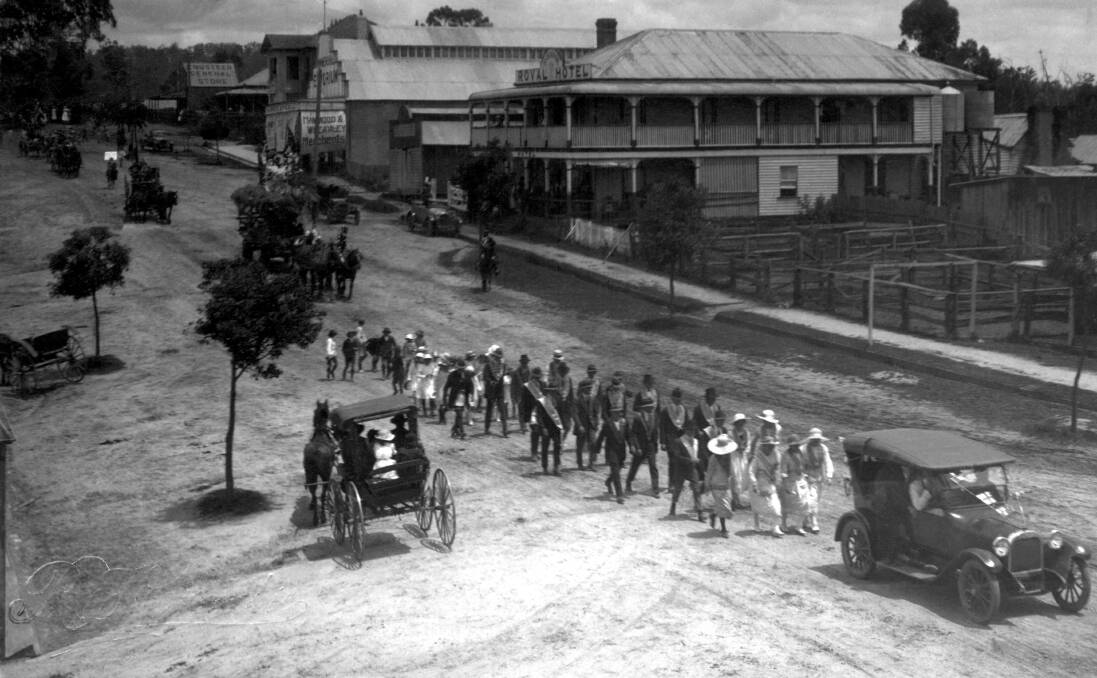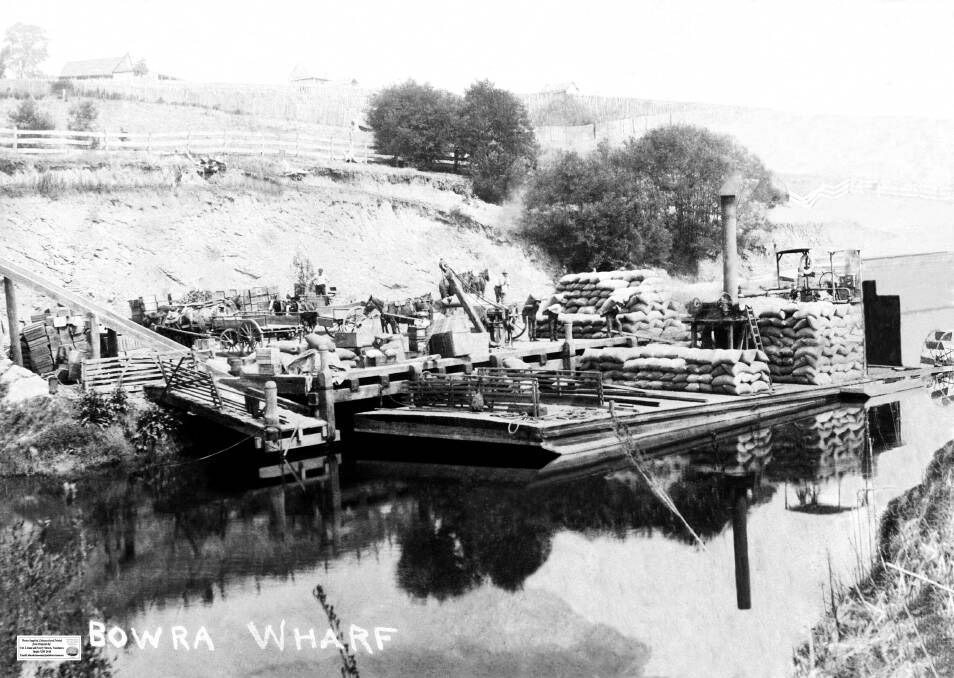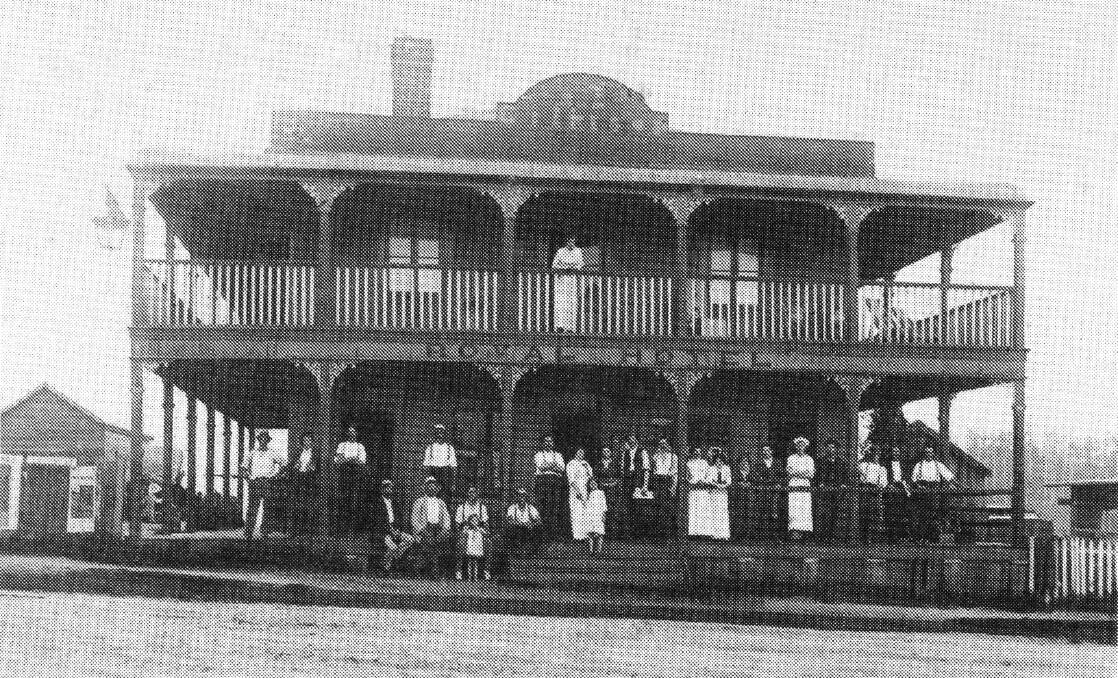
THE VERY early reportings of European settlement in Bowraville were first recorded by surveyor Clement Hodgkinson when he described the location of cedar getters' huts in 1841 near the current location of the town.
Subscribe now for unlimited access.
$0/
(min cost $0)
or signup to continue reading
The early settlement is now the racecourse and would have given the cedar cutters close access to the lofty cedar trees. The river had a ford situated below them to make an easier river crossing.
This is somewhat similar to the chosen site of Macksville which was also sited close to an accessible crossing of the river.
Cedar getters had a reputation for rough and immoral ways in The Press. Hodgkinson himself held that view.
The Sydney Morning Herald in 1837 said "it is well known that the cedar grounds are the resort of runaways and other bad characters who flock to these places where they are almost beyond the pale of the law and the scenes of infamy and vice are horrible to contemplate."
These detrimental views may have been in part a product of upper-class disdain for the cedar getters and the working class in general.

Many cedar cutters had wives and families with them, and faced hard dangerous work and exploitation by dealers. When settlers came as farmers, they often took to cedar cutting just to make ends meet.
It therefore seems unjust to paint them all as "the most improvident set of men".
The name Bowra is said to be a corruption of the Aboriginal word "rowra" or bull-rout, a common local fish. Due to confusion with the town of Bowral in the Southern Highlands the name was changed to Bowraville in 1871.
The first post office was opened in 1870. Around this same time the village plans moved the site of the town across the river to its present position.
Like the towns of Nambucca Heads and Macksville, Bowraville relied on the river for transportation. Roads were non-existent and land travel was restricted to bridle paths and tracks.
The Bowraville wharf was the centre of village life and George St which ran from it became the main site of churches and businesses.
In Norma Townsend's book, Valley of the Crooked River, she describes the town's hub.
"Cedar-getters, bullockies and farmers with their produce toiled along George St to the wharf near the 'canting in ground' where cedar logs were piled for rafting. There, women congregated to do their washing. Their common meeting and working place enabled them to have 'one eye cocked on their husbands' in James Cook's public house on the brow of the hill."
Bowraville's development went at a slow pace compared to the taking up of selections of its hinterland. This however ensured its continuity as the town serviced the needs of selectors as well as the waning cedar industry and for a time, silver mining.
High St in Bowraville took over as the main street as the use of the wharf lessened. The first bridge across the Nambucca was built in 1888 at Bowra. It was originally called Sullivan's but is now known as Lane's Bridge. This made town access easier for those living on the north side of the river and brought new traffic to the town.

Early hotels were Sullivan's, the Commercial Hotel, the Bowra and the Royal.
Bowraville was regarded by locals as the capital of the Nambucca Valley and while this may have been resisted by the people of Macksville it is where the first meeting of the Nambucca Shire Council was held in 1915.
In 1981 the National Trust of Australia approved Bowraville be listed in the Trust Register as having "aesthetic, historic or social significance for future generations as well as for the present community". The reasons for the listing included "A good example of a country town which has retained is early character and strong sense of identity."
Visitors to Bowraville should not miss the Bowraville Folk Museum which houses a wonderful collection of historical artifacts. Lovers of history will feel the whole town is a museum itself.
This article was written with reference to Valley of the Crooked River by Norma Townsend and the records of the Nambucca Headland Museum. The writer acknowledges the Gumbaynggirr nation as the original custodians of the area and pays respect to their elders past, present and emerging.
Also making the news:
Our journalists work hard to provide local, up-to-date news to the community. This is how you can continue to access our trusted content:
- Bookmark our website
- Make sure you are signed up for our breaking and regular headlines newsletters
- Follow us on Twitter: @macleayargus
- Follow us on Instagram: @macleayargus

